The best Guide to Model Trains for Enthusiasts and Beginners Alike!
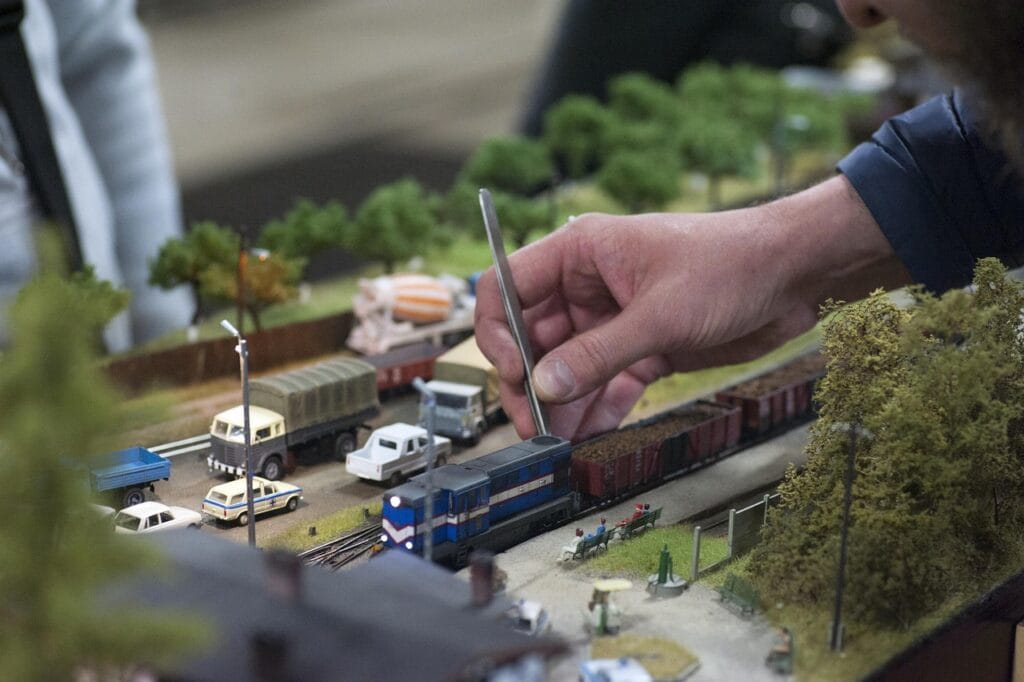
All aboard for an exciting journey into the captivating world of model trains! Whether you’re a passionate enthusiast or just beginning to explore this intricate hobby, our ultimate guide has something for everyone. Model trains are not just toys; they’re a blend of creativity, engineering, and nostalgia, allowing you to construct and operate your own miniature universe. From selecting the right scale and types of trains to mastering techniques for building stunning landscapes, this guide will cover every essential aspect. Discover how to breathe life into your layouts, connect with fellow hobbyists, and navigate the vast array of products available. With expert tips, step-by-step instructions, and a wealth of resources at your fingertips, you’re about to embark on a rewarding adventure that promises both joy and satisfaction. So grab your conductor’s hat and get ready to dive into the thrilling world of model trains where your imagination is the only limit!
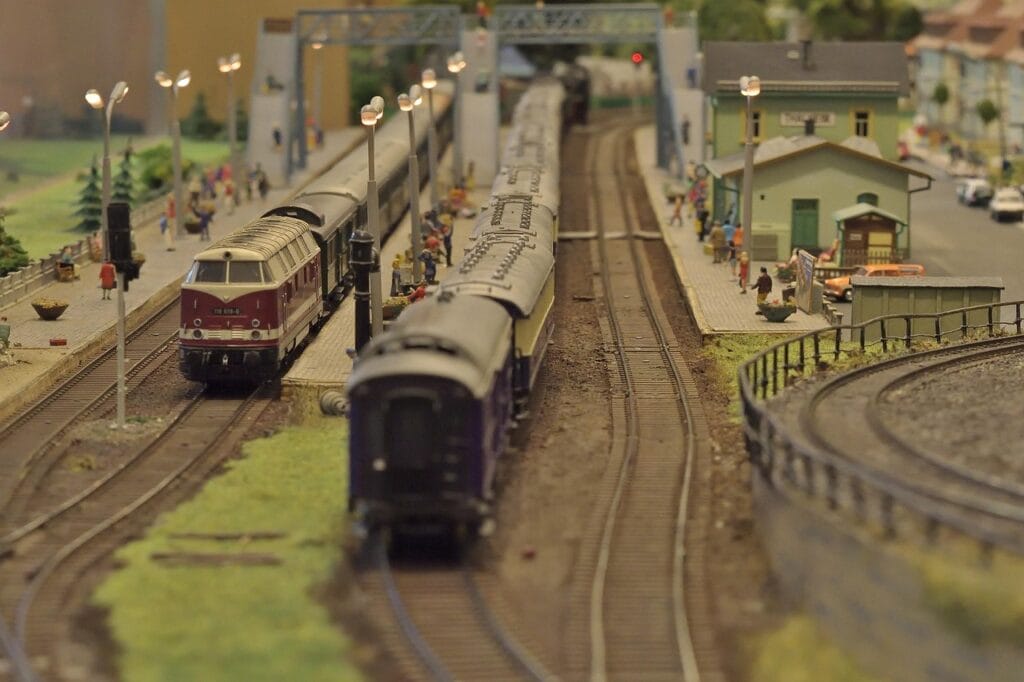
Types of Model Trains: Exploring the Different Scales and Gauges
When it comes to model trains, one of the first things you need to understand is the concept of scales and gauges. These terms are crucial as they determine the size of your model train and the track it runs on. Scale refers to the ratio of the model train to the real train, while gauge refers to the distance between the rails on the track. The most popular scales include HO, N, O, and G, each offering unique benefits and considerations.
Popular Model Train Scales
- HO Scale (1:87) – Best for beginners; balances detail & space.
- N Scale (1:160) – Ideal for small spaces; allows large layouts.
- O Scale (1:48) – Larger, highly detailed models; great for collectors.
- G Scale (1:22.5) – Used for outdoor/garden railways.
Tip: Choose based on available space, budget, and desired detail.
Essential Tools and Materials for Model Train Beginners
Diving into the world of model trains requires more than just the trains and tracks; you’ll need a variety of tools and materials to build and maintain your layouts. The basics include a reliable power supply, track pieces, and rolling stock, but there are many other items that can enhance your experience and help you create a more detailed and realistic model railroad.
One of the first investments you should consider is a quality set of tools. A hobby knife, pliers, wire cutters, and a soldering iron are essential for assembling kits, modifying tracks, and making electrical connections. Additionally, a multimeter can be incredibly helpful for troubleshooting electrical issues. Adhesives such as plastic cement and super glue are crucial for building structures and securing scenery elements.
Materials for scenery and landscaping are also important. Foam boards, plaster cloth, and ground cover materials like grass mats and ballast can help you create realistic terrains and landscapes. Paints and weathering powders are useful for adding detail and realism to your models and structures. Finally, a good set of instructional books or access to online tutorials can provide invaluable guidance as you learn the ropes of this intricate hobby.
Building Your First Model Train Layout: Tips and Tricks
Creating your first model train layout is a thrilling experience, but it can also be overwhelming if you don’t know where to start. The key is to plan carefully and take it step by step. Begin by deciding on the scale and gauge of your trains, as this will dictate the size of your layout and the type of track you’ll need. Once you’ve made this decision, you can start designing your track plan.
A well-thought-out track plan is crucial for a successful layout. Consider the space you have available and how you want your trains to run. Do you prefer a simple oval or a more complex design with multiple loops and sidings? Sketch out your plan on paper, keeping in mind the curvature of the tracks and the placement of turnouts and crossings. Use flexible track sections to create smooth transitions and avoid tight curves, which can cause derailments.
As you begin building, start with the base. A sturdy, level surface is essential for a reliable layout. Plywood or foam board makes an excellent foundation. Once your base is ready, you can start laying the track. Secure it with track nails or adhesive and ensure that all connections are tight and properly aligned. Test your track frequently with a locomotive to check for smooth operation and make adjustments as needed. Finally, add scenery and structures to bring your layout to life. Take your time and enjoy the process—building a model train layout is as much about the journey as it is about the destination.

The Art of Scenery: Adding Realism to Your Model Train World
Creating realistic scenery is one of the most rewarding aspects of model railroading. It allows you to transform a simple track plan into a miniature world that tells a story with every detail. The key to successful scenery is observation and experimentation. Take inspiration from real-life landscapes and try to replicate their features in your model.
Start with the terrain. Use foam board, plaster cloth, or a similar material to create hills, valleys, and other landforms. Sculpt the material to achieve the desired shapes and contours, then cover it with a layer of earth-colored paint to serve as a base. Ground cover materials such as grass mats, static grass, and fine turf can be applied to create realistic vegetation. Use a variety of textures and colors to add depth and interest.
Water features like rivers, lakes, and ponds can add a dynamic element to your layout. Use clear resin or water effects products to create realistic water surfaces. Add rocks, plants, and other details to enhance the realism. Don’t forget to include structures such as buildings, bridges, and tunnels. Kits are available for a wide range of structures, or you can scratch-build your own for a unique touch. Finally, add figures, vehicles, and other small details to bring your scene to life. The more you experiment and refine your techniques, the more realistic and engaging your model train world will become.
Electrical Basics: Powering Your Model Train Setup
Understanding the electrical aspects of model railroading is crucial for operating your trains smoothly and reliably. The primary component you’ll need is a power supply, which provides the electricity to run your trains. There are two main types of power supplies: direct current (DC) and digital command control (DCC). DC is the traditional method, where the speed and direction of the train are controlled by varying the voltage. DCC is a more advanced system that allows for greater control and flexibility, including running multiple trains independently on the same track.
Setting up your power supply involves connecting it to the track and ensuring that the electricity is evenly distributed. For DC systems, this usually means connecting the power pack to the track using feeder wires. For larger layouts, you may need additional feeders to prevent voltage drops. DCC systems require a command station and decoders installed in each locomotive. The command station sends digital signals through the track, which the decoders interpret to control the trains.
Wiring your layout properly is essential for reliable operation. Use a bus wire running parallel to your track with feeder wires connecting the bus wire to the rails. This ensures a consistent power supply and minimizes electrical resistance. Solder the connections for the best electrical conductivity and secure the wires neatly to avoid any interference with the trains. Testing your wiring and connections thoroughly as you build will help you identify and resolve any issues early on.
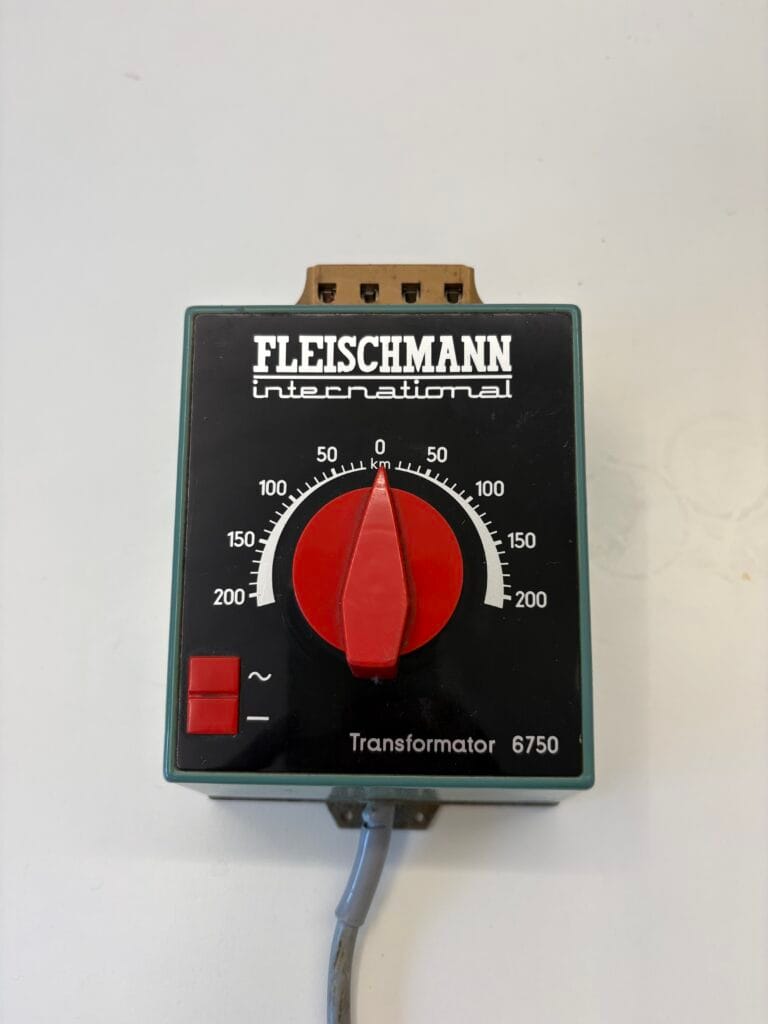
Maintenance and Care: Keeping Your Model Trains in Top Condition
Regular maintenance is essential to keep your model trains running smoothly and looking their best. Dust, dirt, and wear can take a toll on your trains and tracks, but with a little care, you can keep them in top condition for years to come. Start with the tracks, as clean rails are crucial for reliable operation. Use a track-cleaning car or a track-cleaning solution with a soft cloth to remove dirt and grime. Avoid abrasive materials that can scratch the rails.
Your locomotives and rolling stock also require regular attention. Clean the wheels with a soft brush or a wheel-cleaning tool to remove dirt and build-up. Lubricate the moving parts sparingly with a light oil designed for model trains. Over-lubrication can attract dirt and cause more harm than good, so use just a small amount. Check the couplers and other parts for signs of wear or damage and replace them as needed.
Proper storage is also important for maintaining your trains. Store them in a dry, dust-free environment, preferably in their original boxes or in dedicated storage cases. Avoid exposing them to extreme temperatures or direct sunlight, which can cause damage over time. By taking these steps, you can ensure that your model trains remain in excellent condition and ready for operation whenever you want to enjoy your layout.
Joining the Model Train Community: Clubs, Shows, and Online Forums
One of the most rewarding aspects of the model train hobby is the sense of community it fosters. Whether you’re a beginner or an experienced enthusiast, connecting with others who share your passion can enhance your enjoyment and provide valuable insights and support. Joining a model train club is a great way to meet fellow hobbyists, share ideas, and participate in group projects. Many clubs offer resources like club layouts, libraries, and workshops that can help you improve your skills and knowledge.
Model train shows and exhibitions are another fantastic way to immerse yourself in the hobby. These events often feature impressive layouts, vendors selling a wide range of products, and workshops or seminars on various aspects of model railroading. Attending shows can provide inspiration, introduce you to new techniques and products, and give you the opportunity to meet and learn from other enthusiasts.
Online forums and social media groups are also valuable resources for model train hobbyists. These platforms allow you to connect with people from around the world, share your progress, ask questions, and get feedback on your work. Many forums have sections dedicated to specific scales, techniques, or regions, making it easy to find information and advice tailored to your interests. By participating in the model train community, you can enhance your enjoyment of the hobby and continue to learn and grow as a model railroader.
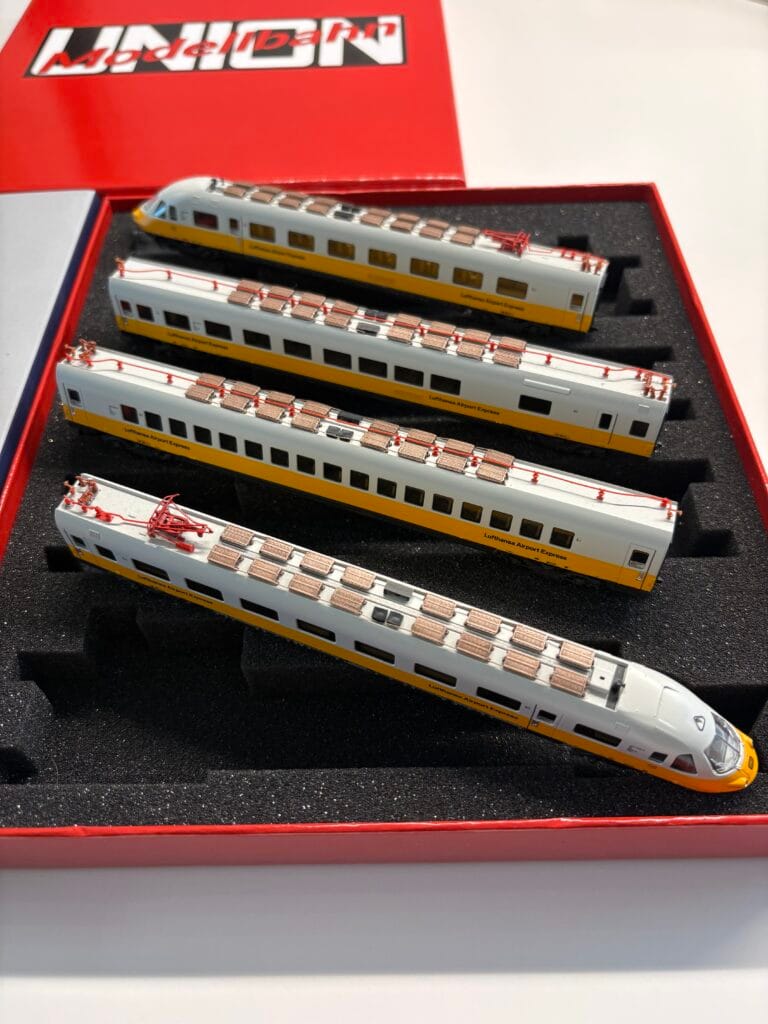
Advanced Techniques for Enthusiasts: Customization and Detailing
Once you have a solid foundation in model railroading, you may want to explore more advanced techniques to take your layouts to the next level. Customization and detailing allow you to create unique models and scenes that reflect your personal style and creativity. From weathering and painting to scratch-building and kitbashing, there are countless ways to add depth and character to your model train world.
Weathering is the process of making your models look aged and worn, adding a layer of realism to your layout. Use techniques like dry brushing, washes, and powders to simulate dirt, rust, and grime on your trains and structures. Experiment with different methods and materials to achieve the desired effects, and don’t be afraid to get creative. Weathering can turn a pristine model into a lifelike representation of a well-used piece of equipment.
Customization can also involve modifying or creating entirely new models. Kitbashing is the practice of combining parts from different kits to create a unique model. This can be a fun and challenging way to develop your skills and create one-of-a-kind pieces for your layout. Scratch-building, on the other hand, involves constructing models from raw materials like styrene, wood, and metal. This technique requires a high level of precision and creativity but can be incredibly rewarding as you bring your ideas to life from scratch.

Conclusion: The Joy of Model Trains and Where to Go Next
The world of model trains offers endless opportunities for creativity, learning, and enjoyment. Whether you’re just starting out or have been involved in the hobby for years, there’s always something new to discover and explore. From selecting the right scale and building your first layout to mastering advanced techniques and connecting with the community, the journey is as rewarding as the destination.
As you continue your journey in model railroading, don’t be afraid to try new things and push the boundaries of your skills and imagination. The joy of this hobby lies in the process of creation and the satisfaction of seeing your miniature world come to life. Keep experimenting, learning, and connecting with fellow enthusiasts, and you’ll find that the possibilities are truly limitless.
So grab your conductor’s hat and hop on board—your adventure in the captivating world of model trains is just beginning! Whether you’re building a simple layout or an intricate masterpiece, the ultimate guide we’ve provided will help you navigate the vast array of products, techniques, and resources available. Embrace the joy and satisfaction that comes with this timeless hobby, and let your imagination be the only limit to what you can create.
Quick Recap
✅ Choose the right scale (HO, N, O, G).
✅ Get essential tools (cutters, glue, paints).
✅ Plan & build your layout step by step.
✅ Add realistic scenery (terrain, water, structures).
✅ Learn electrical basics (DC vs. DCC).
✅ Maintain trains & tracks for longevity.
✅ Join clubs & forums for inspiration.
✅ Try advanced techniques (weathering, kitbashing).
Sign up now and share your model trains journey with the community!


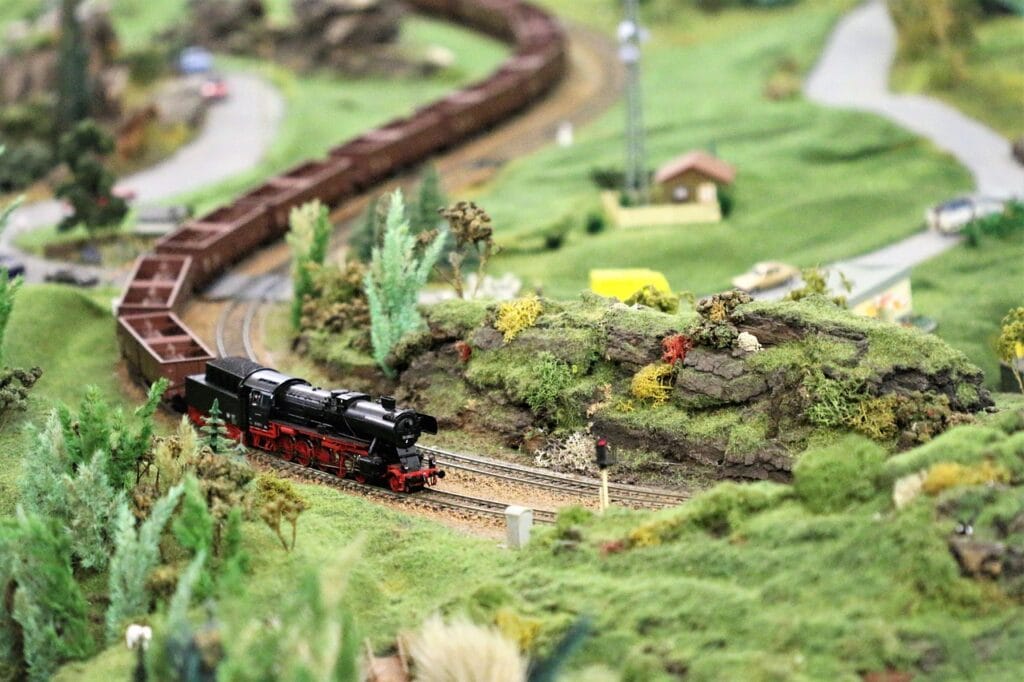
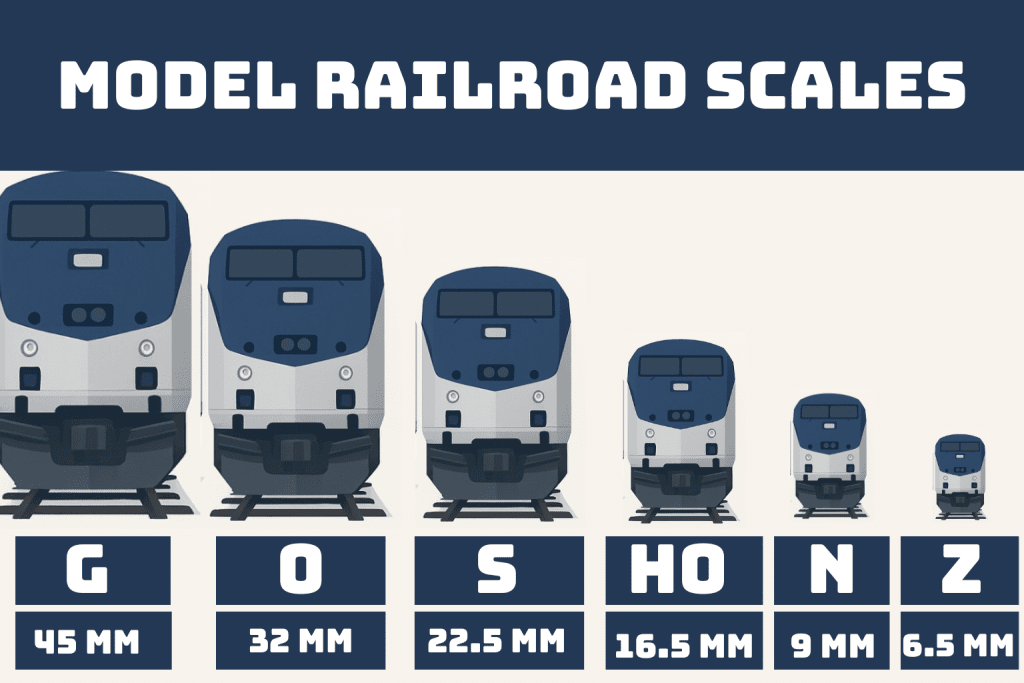
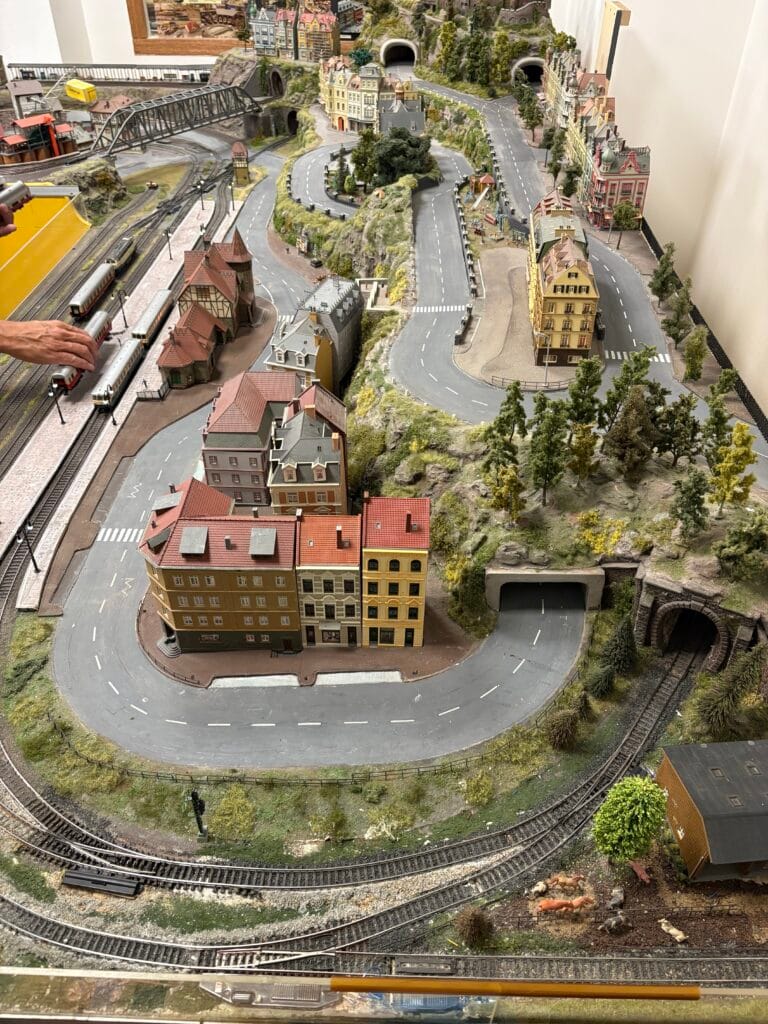
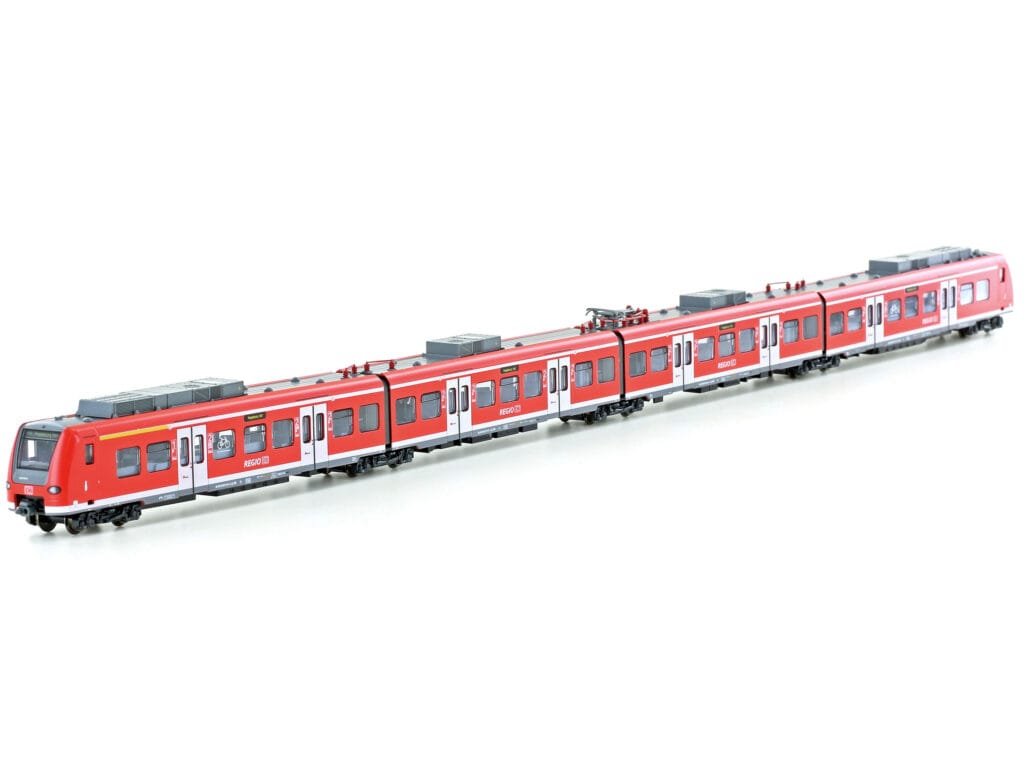
Responses